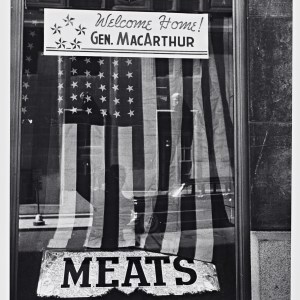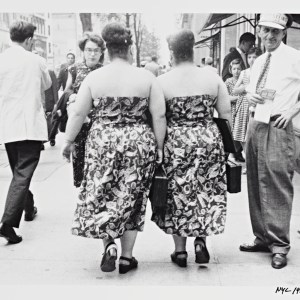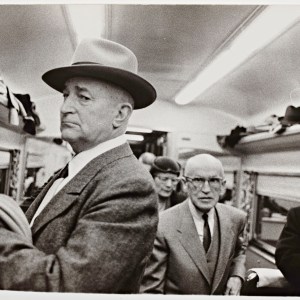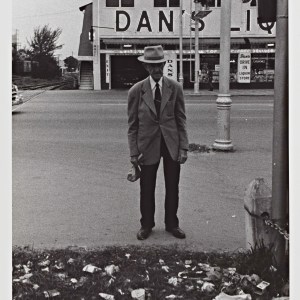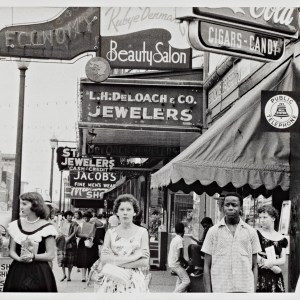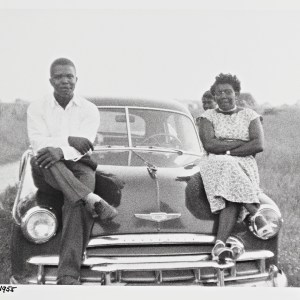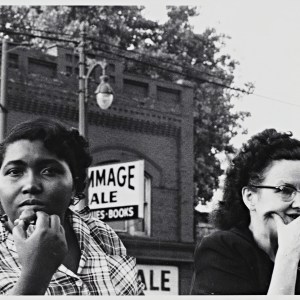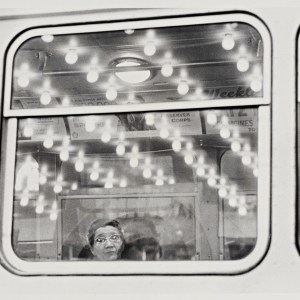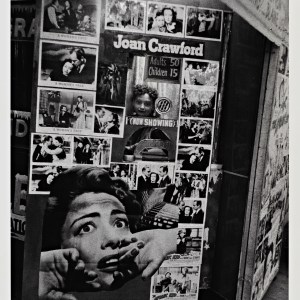September 10 marked the opening of the Cantor Art Center’s newest exhibit, a retrospective of the work of photographer Robert Frank. A Swiss-born photographer, Frank photographed ordinary people across the country, culminating in his landmark revolutionary book “The Americans” in 1959. After “The Americans” was published, Frank turned to filmmaking and his photographic work was left behind. However, the Cantor Arts Center has for years stored an important collection of unknown photographs, which will be displayed in the exhibit “Robert Frank in America.” The show was guest curated by Peter Galassi, former chief curator of photography at the Museum of Modern Art in New York, who agreed to answer a few questions via email for Lomita’s inaugural interview.
Lomita: How did the Cantor come to have such a large collection of Robert Frank photographs?
Galassi: In 1977 Robert Frank needed money to support his independent films, and he wanted to put his earlier work in still photography behind him. A market for photographs as works of art — which hadn’t existed in the 1950s — had begun to develop. Frank sold a large body of prints from the 1950s to two dealers. From this group a Stanford alumnus and one of his business associates purchased more than 150 prints surveying Frank’s work from the late 1940s to the early 1960s, with the intention of giving them to Stanford. They did so in 1984 to 1985.
Lomita: The Cantor has had the collection for a while — why is 2014 a good year for this exhibit?
Galassi: When Connie Wolf was appointed director two or three years ago, she began looking into possible exhibitions based on Stanford collections. That initiative led to the Watkins show this past summer, and now “Robert Frank in America.” Also, in 2009 Sarah Greenough at the National Gallery of Art in Washington organized a major exhibition about Frank’s book “The Americans,” for the 50th anniversary of its publication. That important show and the scholarship in its catalogue prepared the way for further investigation of Frank’s work in that period.
Lomita: How are the pieces exhibited, and why did you choose this arrangement?
Galassi: The exhibition is organized according to Frank’s major themes — individuals alone and together, politics, race, religion, cars and car culture and the media. It also explores the pictorial strategies he developed as he worked.
Lomita: What is it in Frank’s photography that makes a compelling image? How does his work successfully capture the mood and tone of the time in which it was taken?
Lomita: How does this show present Frank’s work in a way that, say, “The Americans,” did not?
